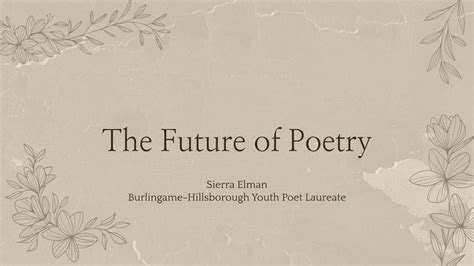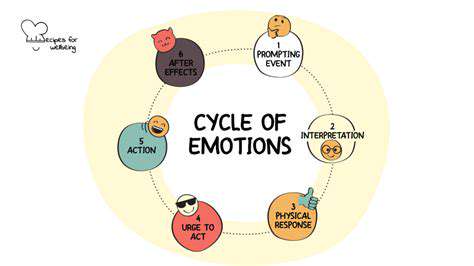AI Powered Storytelling: Revolutionizing Narrative Design
Beyond the Basic Prompt: Crafting Intricate Plots
Modern storytelling tools powered by artificial intelligence often produce straightforward narratives, yet moving beyond elementary prompts is essential for crafting stories with depth and intrigue. For instance, a generic request such as write a story about a knight typically results in a clichéd tale of valor. By introducing intricate elements—like a knight grappling with personal dilemmas while a societal upheaval looms—the narrative gains layers of complexity. Integrating internal conflicts, external pressures, and multifaceted character dynamics transforms the story into a captivating experience.
Additionally, guiding the AI with structured plot frameworks—such as escalating tension leading to a climax and resolution—elevates the storytelling. While AI may not inherently grasp literary subtleties, providing clear directives helps it construct more polished and intentional narratives.
Exploring Diverse Character Archetypes
A powerful method to enrich AI-generated stories is by diversifying character archetypes and their motivations. Rather than defaulting to the stereotypical hero, experiment with prompts that feature flawed, vulnerable, or morally ambiguous characters. A villain with relatable motives, a protagonist torn by internal strife, or a side character harboring secrets can inject authenticity into the plot. This approach mirrors the complexities of real-life individuals, making the story more engaging.
Encouraging the AI to avoid clichéd portrayals of gender, race, or socioeconomic backgrounds fosters inclusivity and realism. Such diversity not only deepens the narrative but also reflects the rich tapestry of human experiences.
Incorporating Sensory Details and Vivid Imagery
AI-generated stories sometimes lack the sensory richness that immerses readers. To address this, explicitly prompt the AI to describe specific sensory experiences—sights, sounds, scents, textures, and flavors. For example, instead of a bland statement like the forest was dark, ask for evocative details: The forest swallowed the light, its canopy a tangled web of shadows. The air carried the damp musk of decaying leaves, while unseen creatures rustled in the underbrush.
These vivid descriptions anchor the reader in the scene, forging a stronger emotional connection. By emphasizing sensory elements, the AI can breathe life into the narrative, making it more immersive and memorable.
Leveraging External Data and Knowledge Bases
To craft uniquely insightful stories, feed the AI external references—historical events, scientific theories, or established fictional worlds. This expands its creative palette, enabling narratives grounded in realism or inspired by specialized knowledge. For instance, a prompt referencing the Industrial Revolution could yield a story exploring its societal impact through the eyes of a factory worker. Such integration elevates the AI from a mere text generator to a tool for exploring profound themes.
This method not only enhances the story’s credibility but also invites readers to engage with larger ideas, blending entertainment with education.
Refining and Editing the AI-Generated Output
While AI provides a solid foundation, human intervention is key to refining the output. Editing goes beyond grammar checks—it involves smoothing the narrative’s rhythm, deepening character arcs, and ensuring thematic consistency. By critically assessing the AI’s draft and making targeted revisions, you transform raw content into a polished masterpiece.
This synergy between human creativity and AI efficiency produces stories that are technically sound, emotionally resonant, and intellectually rewarding. It’s about nurturing the AI’s initial spark into a fully realized work of art.

Read more about AI Powered Storytelling: Revolutionizing Narrative Design
Hot Recommendations
- Immersive Culinary Arts: Exploring Digital Flavors
- The Business of Fan Funded Projects in Entertainment
- Real Time AI Powered Dialogue Generation in Games
- Legal Challenges in User Generated Content Disclaimers
- Fan Fiction to Screenplays: User Driven Adaptation
- The Evolution of User Driven Media into Global Entertainment
- The Ethics of AI in Copyright Protection
- Building Immersive Narratives for Corporate Training
- The Impact of AI on Music Discovery Platforms
- AI for Audience Analytics and Personalized Content











